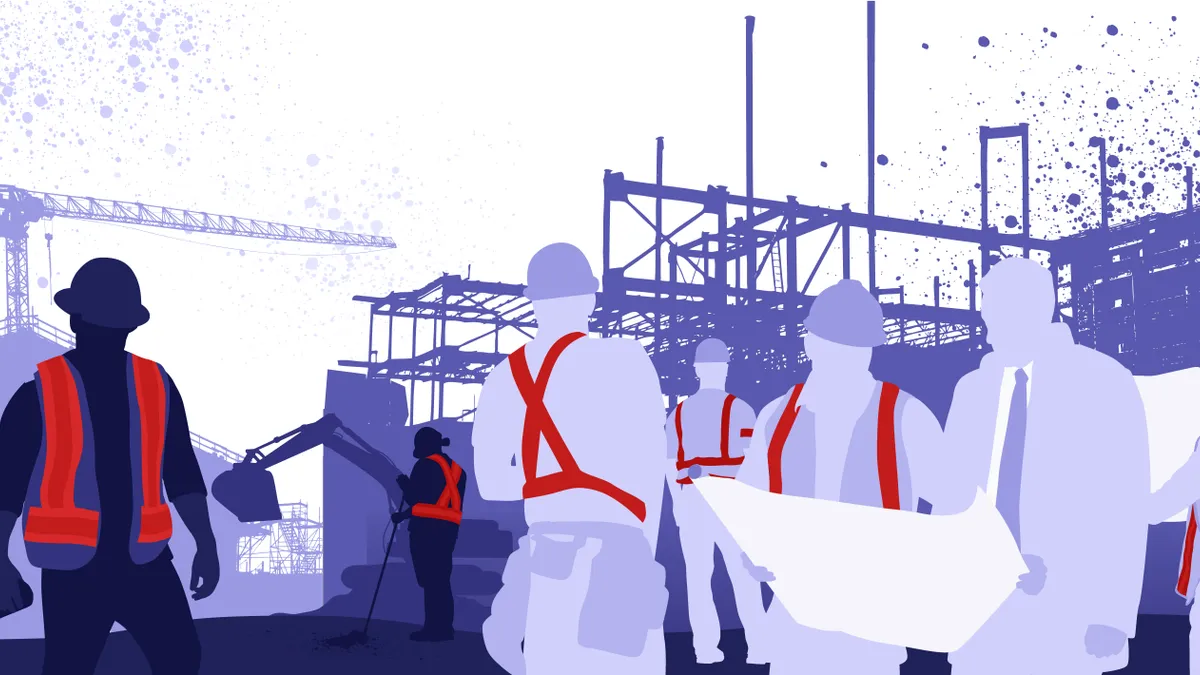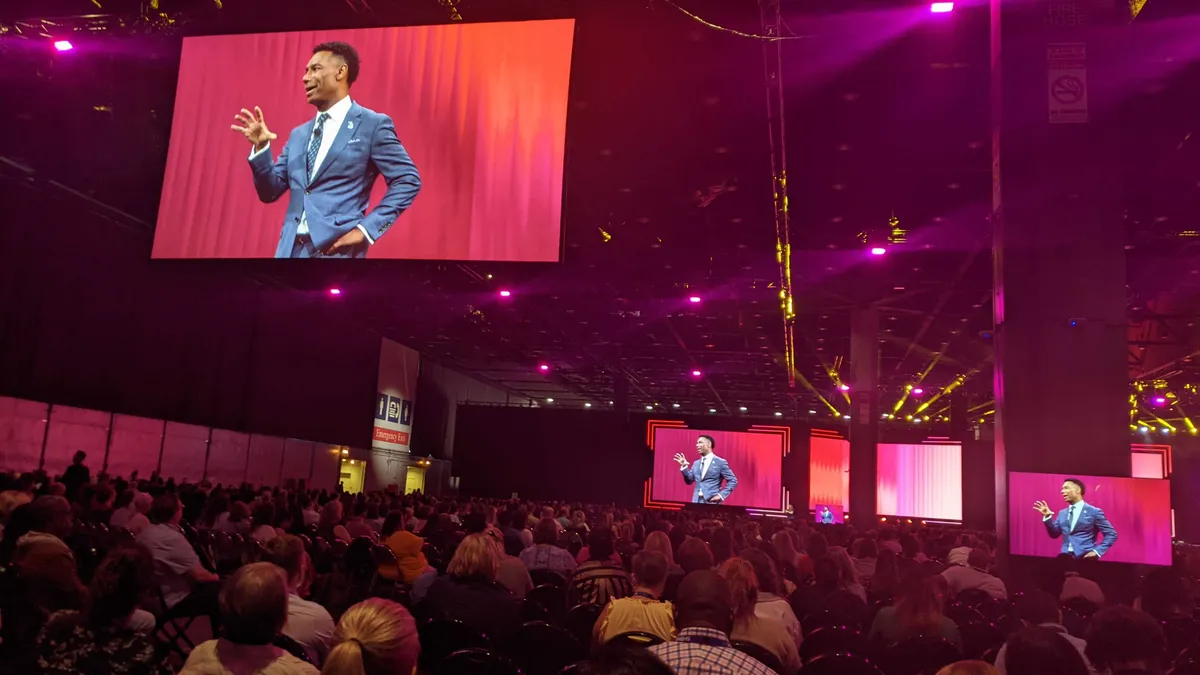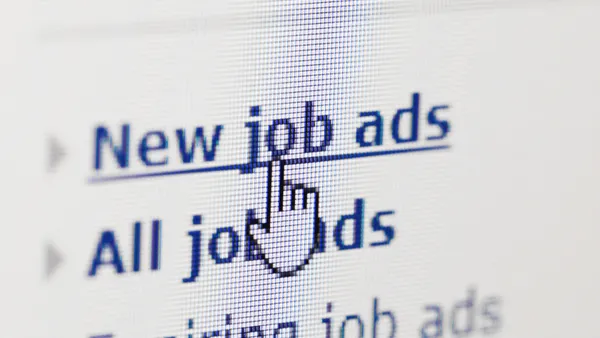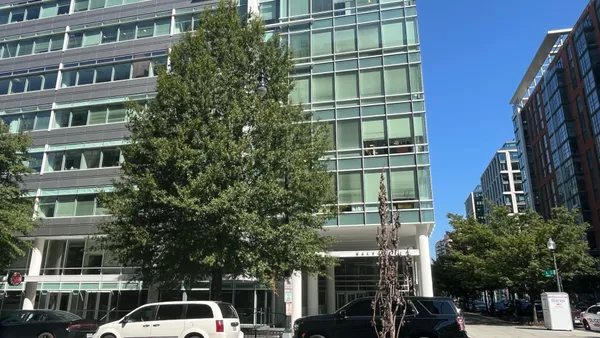No one wants an unsafe workplace, but it’s easy for employees to forget how important things like hard hats, hand protection and reflective gear can be. That’s especially true if they find the equipment or clothing hot, if it limits movement, or if provided options just don’t fit.
While human resources professionals aren’t always responsible for identifying and addressing hazards in the workplace, they can play a role in fostering a culture of safety by creating training and education materials about how to wear gear and the importance of such safety measures, experts say. They can also play an administrative role in maintaining safety equipment records, especially for those measures that require regular medical evaluations.
If a company has a safety team, HR should be “working with them closely and [be] really tuned into some of these issues,” said Dan Deacon, associate at Conn Maciel Carey LLP.
The scope of the PPE problem
In J. J. Keller’s 2022 PPE Pain Points Study, more than 90% of respondents said they often or sometimes have issues with employees following proper PPE protocols. When asked why employees don’t comply, the reasons varied: many just didn’t want to wear it or believed it was unnecessary. Others said it made their job more difficult.
The consequences of employees not following safety protocol can be dire. Other than the obvious risk of individual injuries, it also opens companies up to citations and fines from OSHA. This November, for example, OSHA hit a Middlefield, Ohio, roofing company with $414,000 in fines because of fall hazards on two separate jobsites.
In rare and extreme cases, there are criminal investigations, said Deacon. “There’s also the potential for tort litigation, depending on what state you’re in.”
Create a culture of safety
For companies struggling with PPE compliance, it can be helpful to prioritize training and education about how to use the equipment and also reinforce why the equipment is required, said Emily Miner, director of advisory services at LRN.
Management should be “promoting that culture of safety and enforcing accountability and safety and helping people to understand why and what [it] look[s] like,” she said.
In addition to training on how to use the equipment and follow safety protocols, training must include information about why such measures are required. “A big part of the conversation is respect of life and livelihood,” she said. For safety goggles, for example, training would include how to wear them properly along with information about how it helps keep the worker and their co-workers safe.
Miner said one of her clients reinforced the importance of the “why” by asking employee’s children to make artwork for the facility “to remind people this is why we are safe.” “It was an interesting and powerful way of connecting the why and making it literally visible.”
HR’s role in PPE compliance
While human resources is rarely responsible for safety and PPE protocols, HR professionals can help at an administrative level, said Deacon.
Respiratory protection and hearing protection, for example, are different than things like safety goggles and hard hats because they may require medical evaluations. HR can step in for that recordkeeping, especially for medical records “that need to be maintained in a confidential manner,” he said. HR also can assist with monitoring training — making sure annual training requirements are met — and that PPE is scheduled for regular maintenance, evaluation or replacement.
HR and management also can ensure that any issues raised by employees about PPE and safety protocols are heard and addressed. Miner, for example, said she worked with a company that surveyed workers during the worst of the COVID-19 pandemic and found workers thought the hand sanitizer stations were too far apart.
“Interventions like that help a company to respond really quickly,” she said. “That in and of itself is a demonstration of care for employees. They received incredibly positive feedback on how the company handled that situation.”
If that information had been taken in by management or HR and ignored, it would have sent the opposite powerful message. “That basic lack of respect is really toxic,” she said, “and I think [it is] attributed to the great reshuffling and labor shortages seen in the manufacturing space that are still continuing.”













